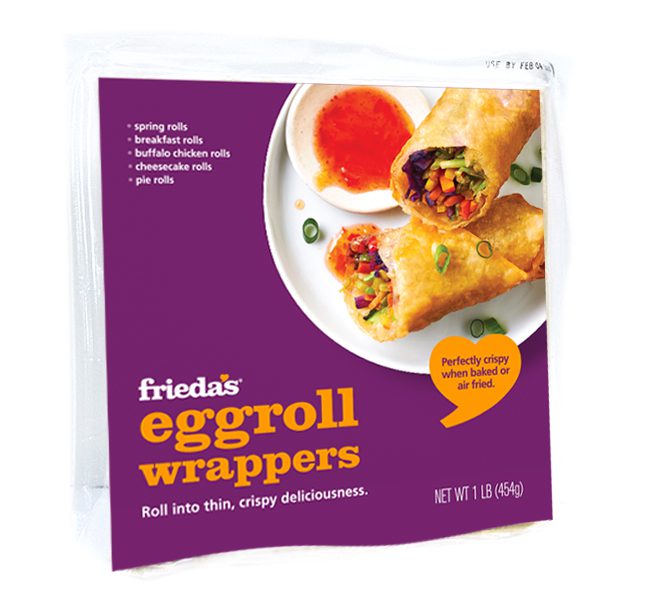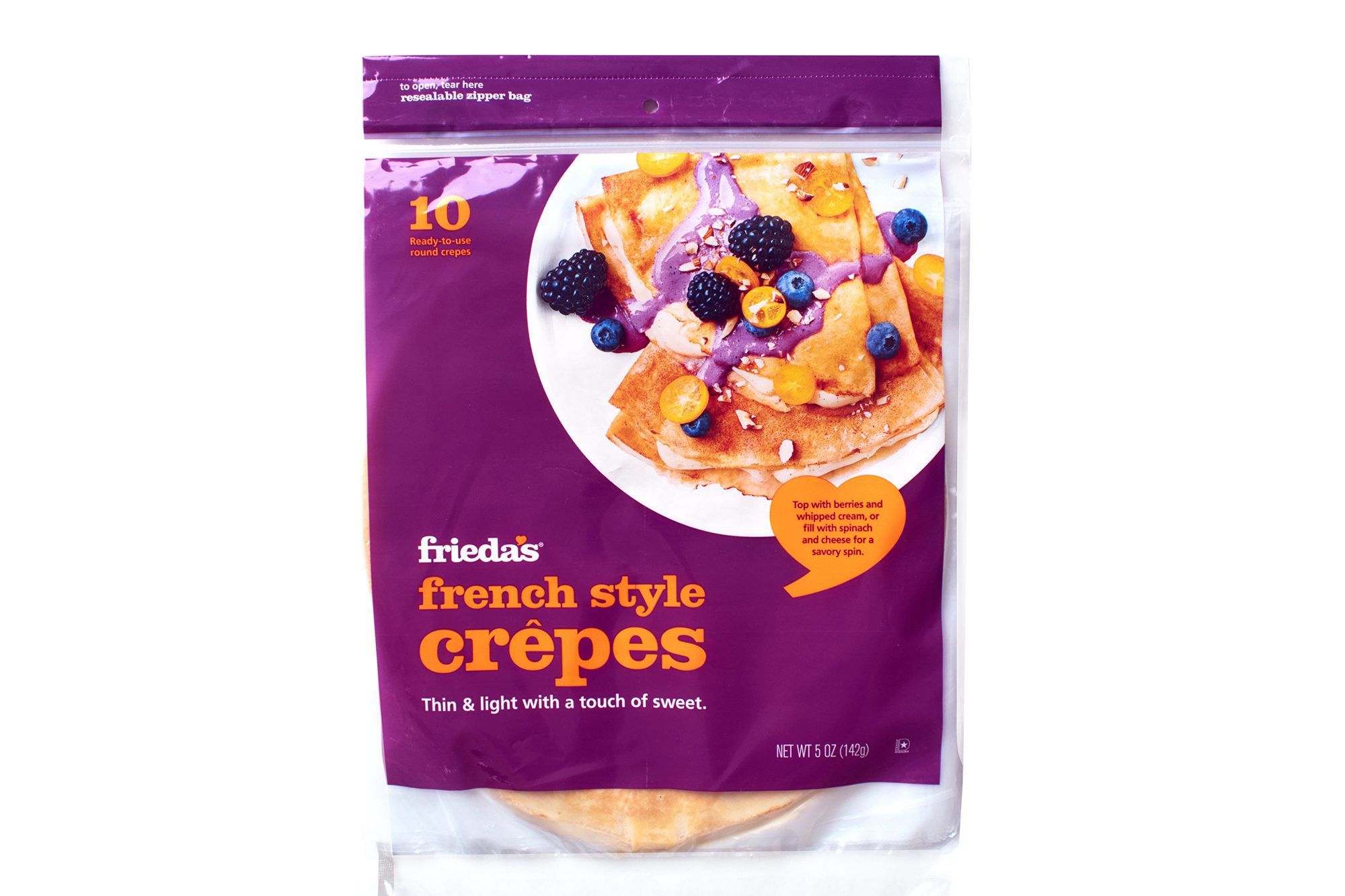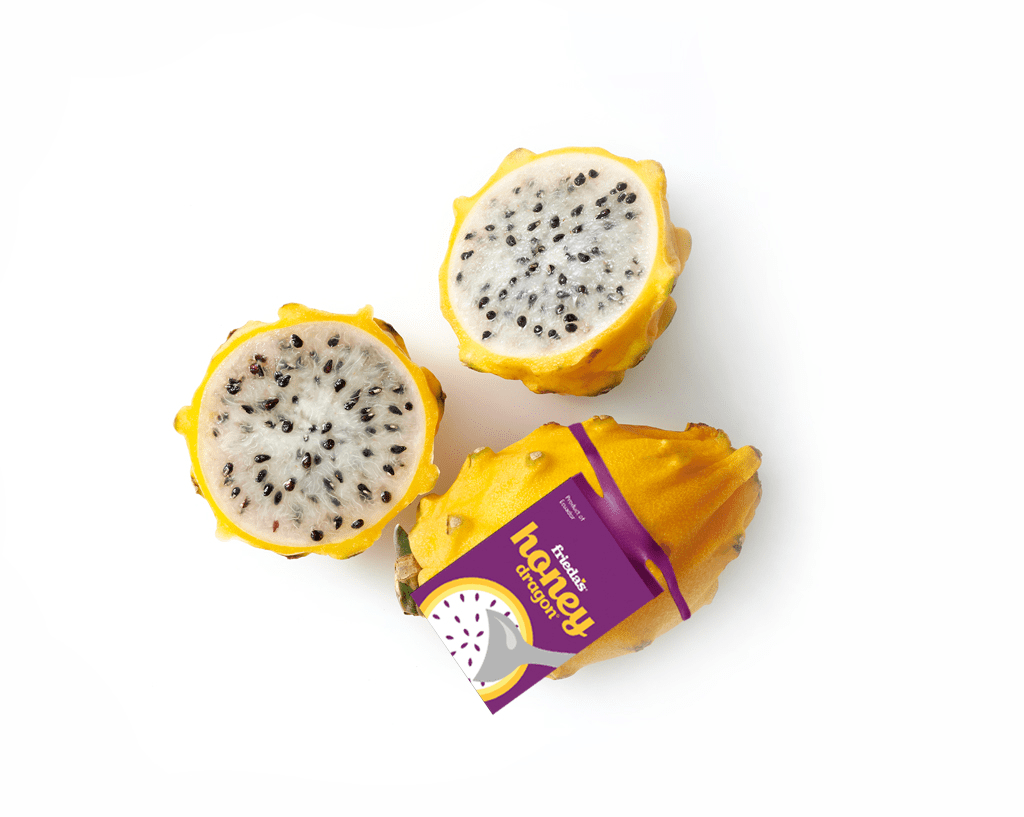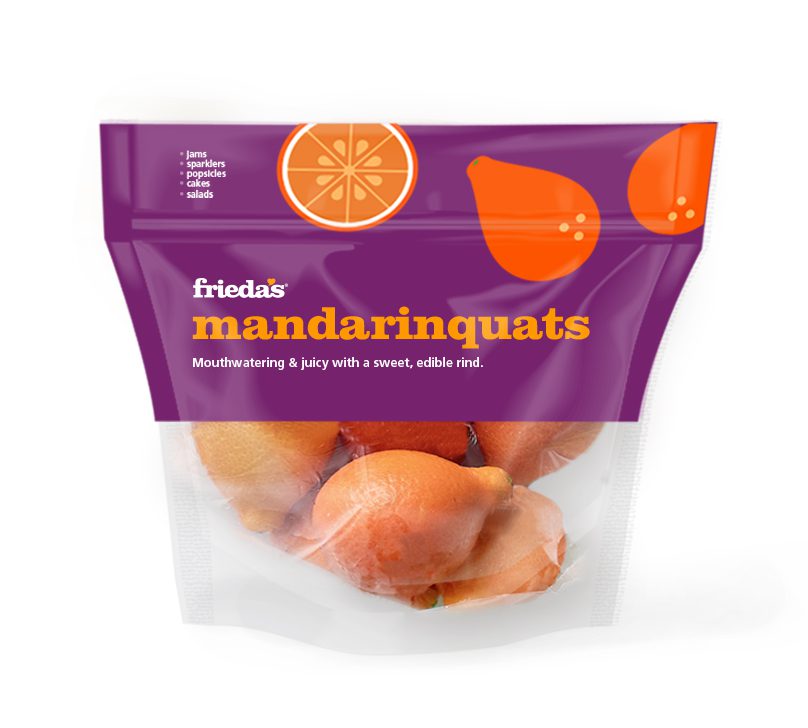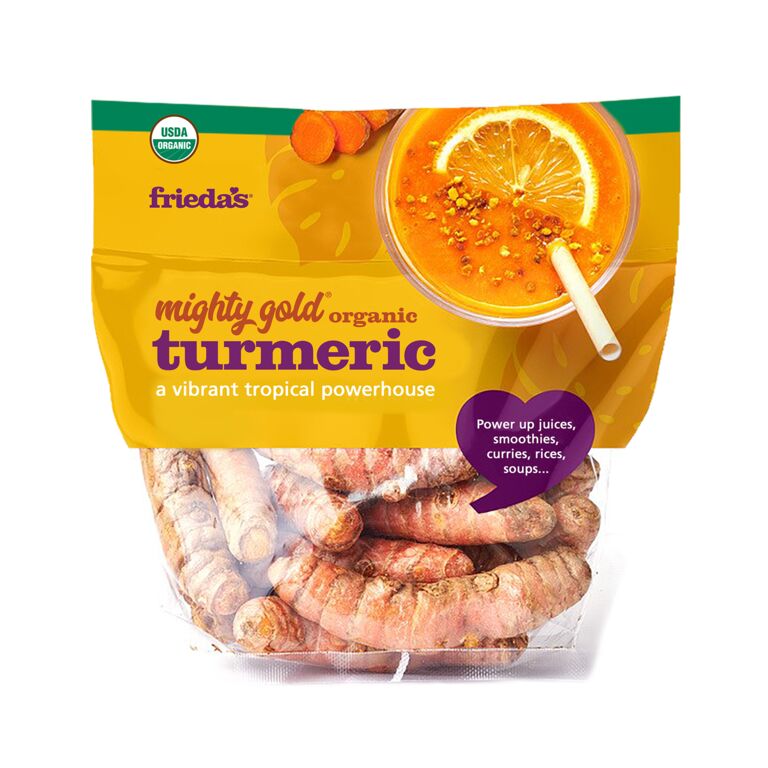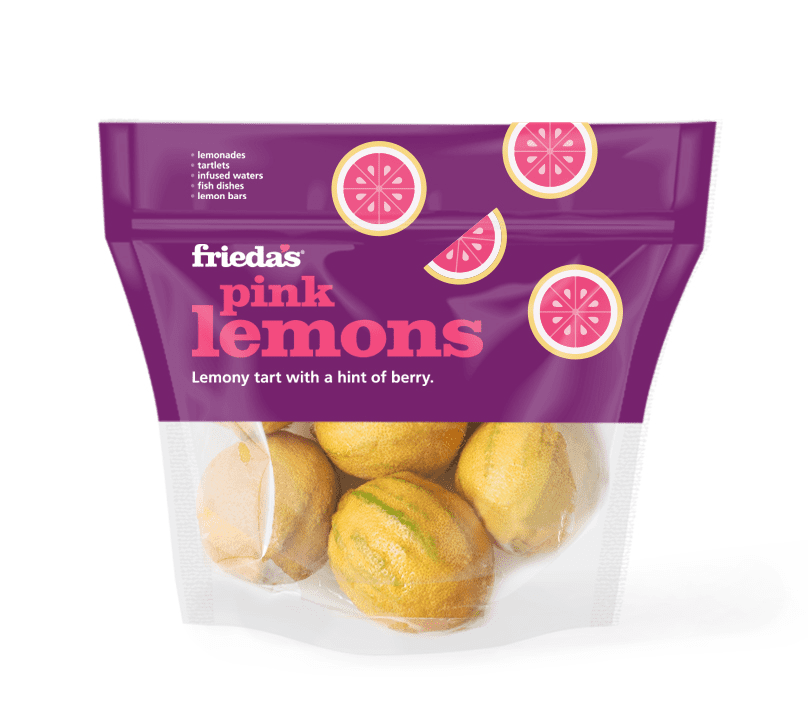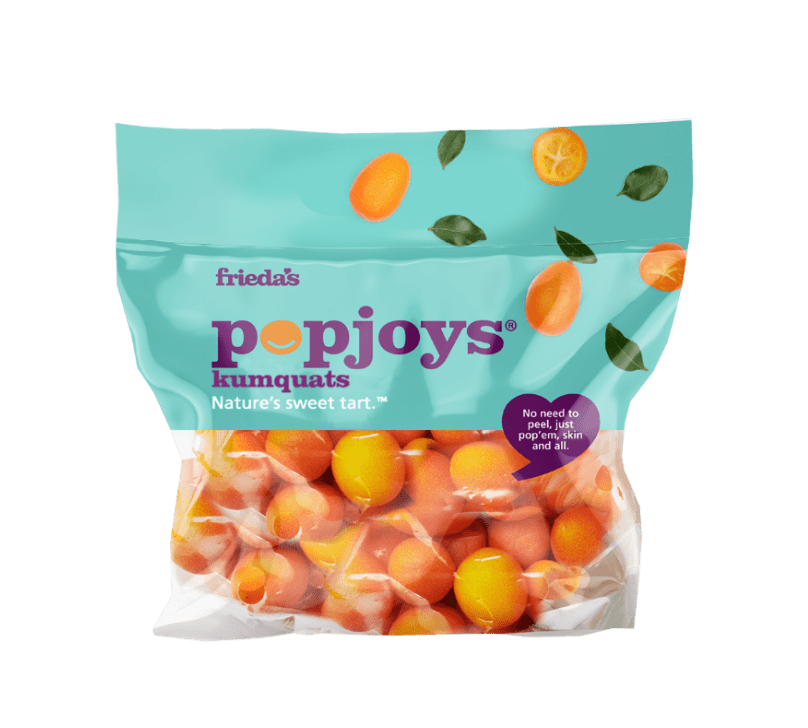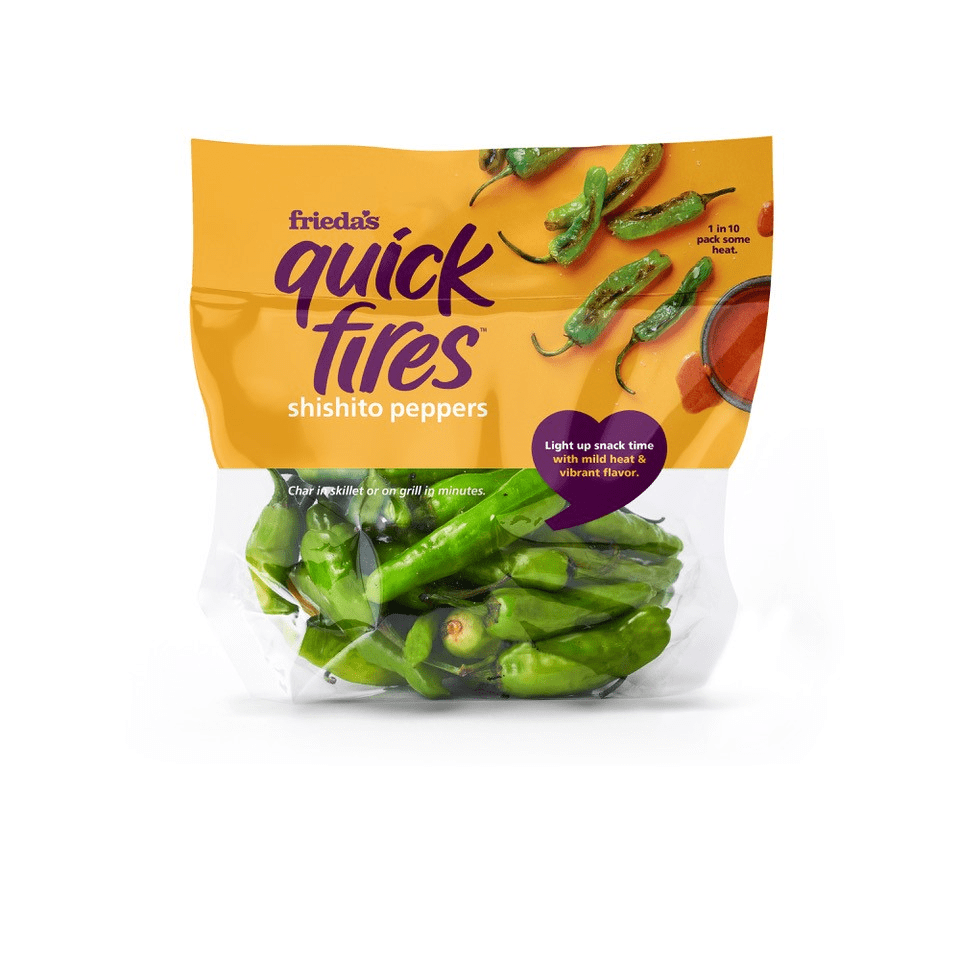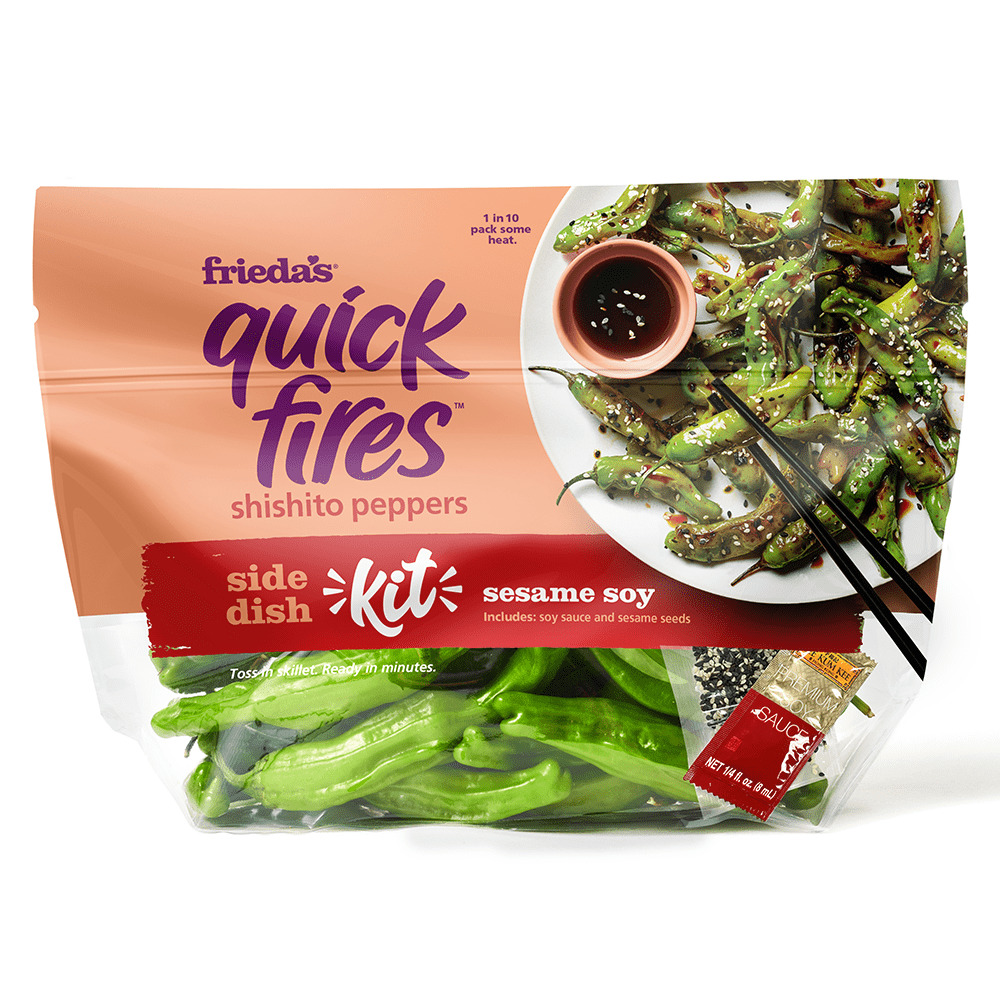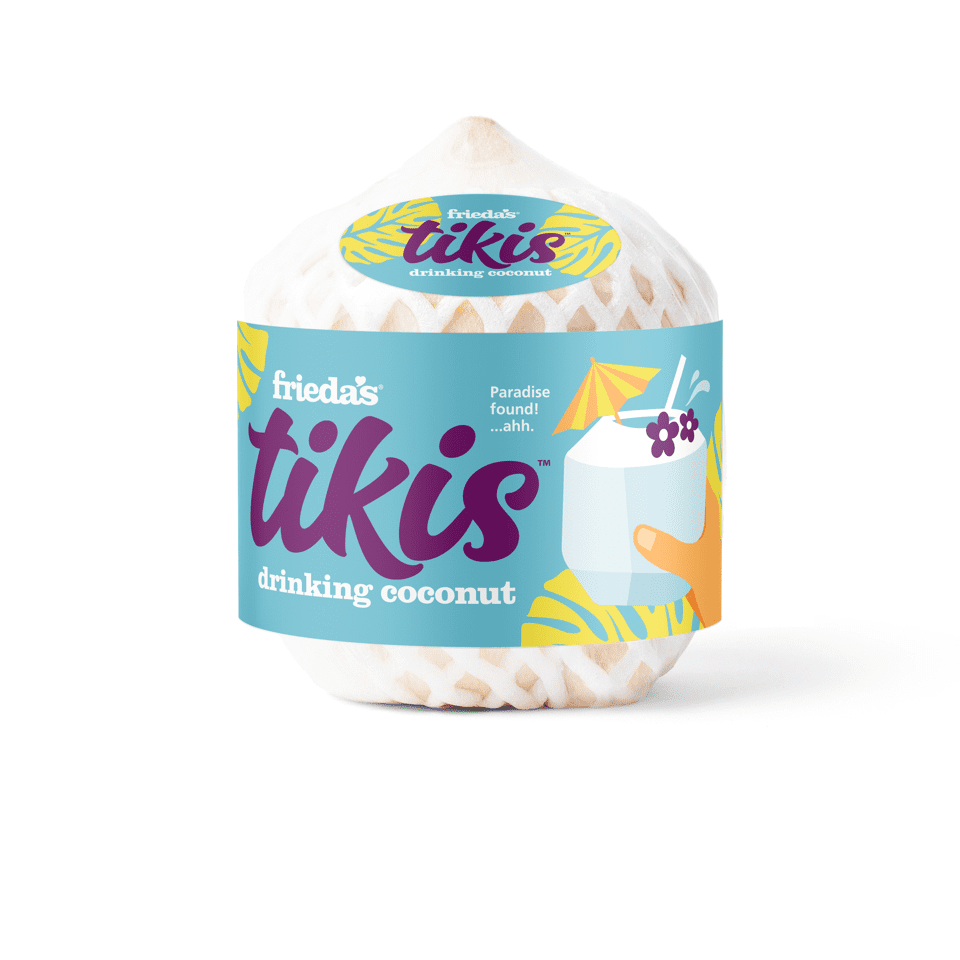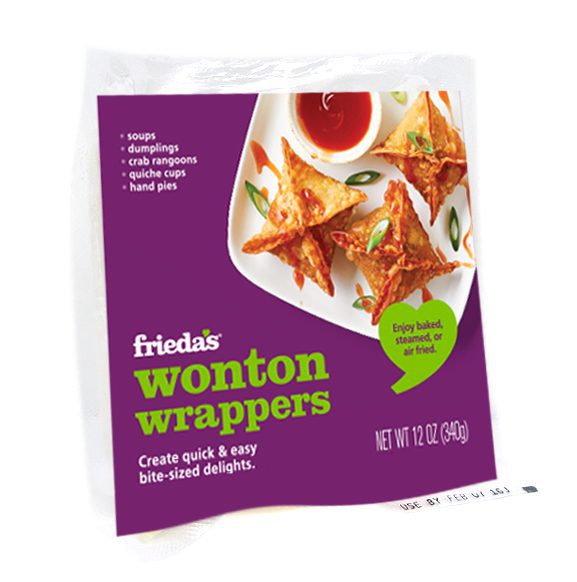I remember 20 years ago when the FDA launched the “Nutrition Facts” label in its current version. I was in charge of packaging at my company and the thought of having to change all of our packaging to include Nutrition Facts panels, plus performing all the nutritional analysis to get accurate information, was a bit daunting. I remember thinking, “Why are they doing this? This is going to cost us a fortune and will consumers even read it, anyway?”
That was definitely 1990s thinking on my part. Over time, I realized that having nutrition panels on our packaged items was actually a positive point of differentiation. Today we are fastidious about including as much nutritional information as possible on our products and even include a nutritional analysis at the bottom of many of our recipes.
Fast forward to 2015. The FDA just closed its comment period for the proposed revisions to Nutrition Facts labeling. The agency is proposing some “big” changes:
- Updating the format so it is more readable.
- Changing the reporting of sugars.
- Changing the serving size guidelines.
Radical changes. Are you kidding me? I’m not even sure consumers will notice the difference between the “new” and old panel, except that it’s a bit easier to read.
The FDA’s proposed new Nutrition Facts panelThe crazy thing is that many of the big Consumer Packaged Goods (CPG) companies and trade associations are fighting the FDA on these changes, claiming it won’t help consumers. As I read Politico’s daily Morning Agriculture blog last Friday, I had to take a second glance. Really?
Admittedly I am probably oversimplifying the proposed FDA regulations, but I find it amazing that some organizations are still fighting a consumer’s right to know. It seems that Sam Kass, the former lead on food policy at the White House agrees with me. He told Politico this week that those trade groups don’t have legitimate arguments.
After all, it is 2015, and consumers expect truth in labeling. They should know that eating too much sugar is bad for their health, and they have every right to know what is contained in any food they buy. Consumers make the ultimate choice by purchasing or not purchasing.
And, of course, I have to mention that the same thing is going on in many states regarding the labeling or not labeling of GMOs (genetically modified organisms).
Shoppers vote with their dollars and have the right to decide what they want to buy. Simple, truthful, and complete labeling is coming because consumers are demanding it.
For me personally, and for my family, it matters because many of us have food allergies. I cannot eat soy and neither can my daughter. I want to know what kind of oil is used in the salad dressings at restaurants. (Did you know that most ready-made dressings contain soy oil? I suppose it’s because soy oil is cost effective and keeps restaurants’ costs down.)
An easier-to-read label with more relevant information would be welcomed by me—and most consumers.
What do you think?
Karen


